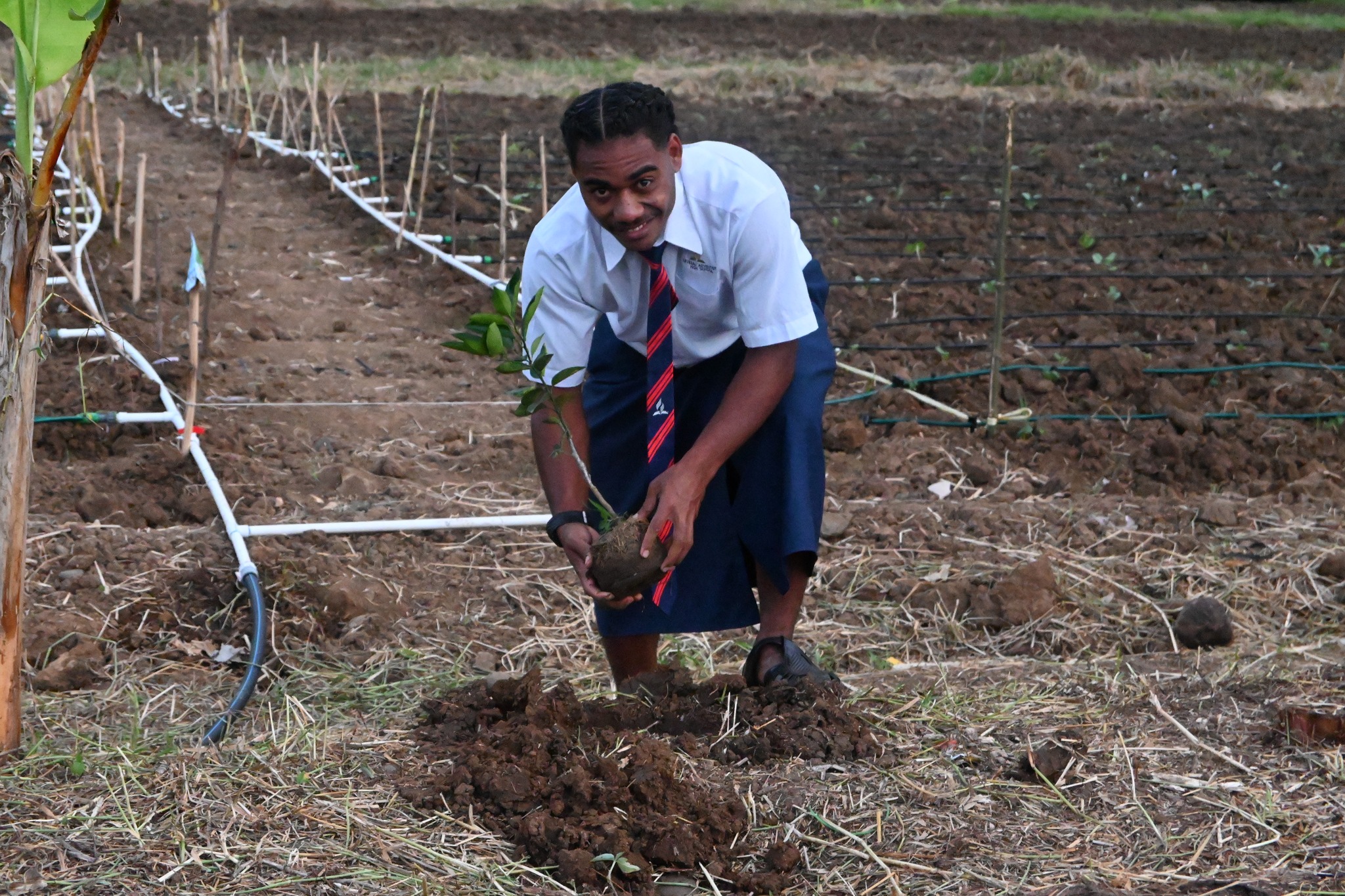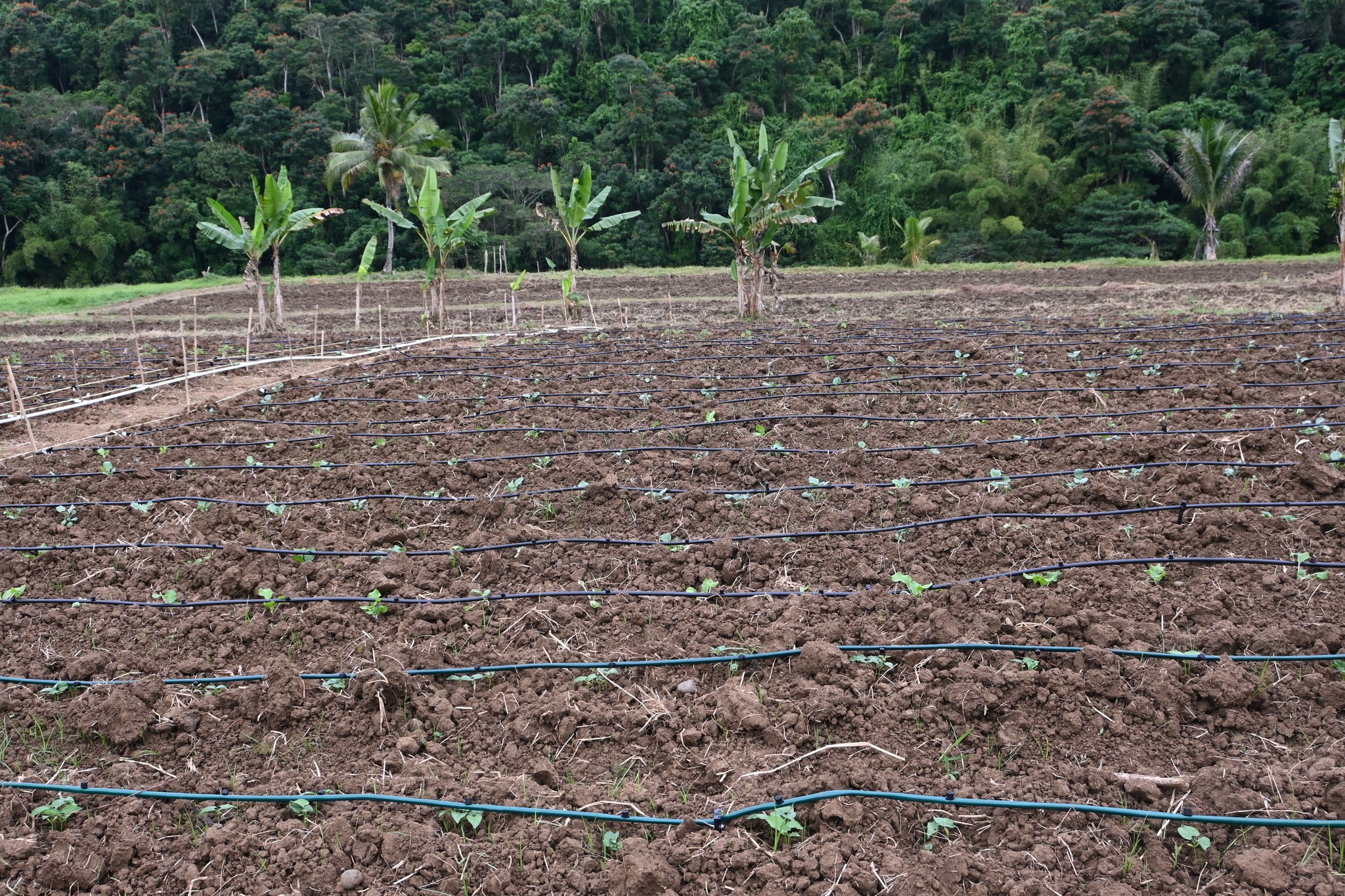Nurturing Nature: Essential Tips for Watering and Weeding Your Garden
Introduction: Caring for a garden is a rewarding and continuous journey, requiring attention to detail and a nurturing touch. Two fundamental aspects of garden care are watering and weeding, both of which play pivotal roles in the health and vitality of your plants. In this guide, we'll explore essential tips to help you master the art of watering and weeding, ensuring a flourishing and vibrant garden.
Watering Wisdom:
-
Know Your Plants: Different plants have varying water requirements. Research the specific needs of each plant in your garden, considering factors such as soil type, sunlight exposure, and individual preferences. Group plants with similar water needs together to optimize watering efficiency.
-
Watering Schedule: Establish a consistent watering schedule to maintain soil moisture. Early morning is generally the best time to water, allowing plants to absorb moisture before the heat of the day. Avoid watering in the evening to prevent prolonged leaf wetness, which can lead to fungal issues.
-
Deep Watering: Encourage deep root growth by watering deeply and less frequently. Shallow, frequent watering can result in shallow root systems, making plants more susceptible to stress during dry periods. Aim for soil saturation to a depth of at least 6 inches.
-
Mulching Magic: Apply a layer of organic mulch around plants to conserve soil moisture, suppress weeds, and regulate soil temperature. Mulching also reduces evaporation, minimizing the need for frequent watering. Organic materials like straw, wood chips, or compost make excellent mulches.
-
Monitor Soil Moisture: Regularly check the moisture level of the soil. Stick your finger into the soil, and if it feels dry 1-2 inches below the surface, it's time to water. Invest in a moisture meter for a more accurate assessment of soil moisture.
-
Water at the Base: Direct water to the base of plants rather than overhead to minimize water on leaves. This reduces the risk of fungal diseases and ensures that the water reaches the root zone where it's needed most.
Weeding Wisdom:
-
Regular Inspection: Schedule regular sessions for inspecting and weeding your garden. Early detection of weeds prevents them from establishing deep roots and competing with your plants for nutrients and water.
-
Proper Tools: Invest in quality gardening tools, including a hand trowel, hoe, and weeder. Having the right tools makes the process more efficient and less physically demanding.
-
Root Removal: When weeding, ensure you remove the entire root system to prevent regrowth. Use a weeder or hand trowel to loosen the soil around the weed, grasping the base of the weed and gently pulling upward.
-
Mulch as a Weed Barrier: Mulch not only conserves moisture but also acts as a natural weed barrier. Apply a thick layer of mulch around plants to suppress weed growth and make it easier to spot and remove any that do emerge.
-
Regular Maintenance: Consistent weeding is key to maintaining a weed-free garden. Spend a few minutes each day or set aside specific days for weeding to stay ahead of potential weed problems.
-
Dispose of Weeds Thoughtfully: Dispose of pulled weeds carefully to avoid unintentional reseeding. If the weeds haven't gone to seed, consider adding them to your compost pile. If they have, discard them in a way that prevents the spread of seeds.
Conclusion: By mastering the art of watering and weeding, you lay the foundation for a healthy and vibrant garden. Regular attention to these essential tasks ensures that your plants receive the care they need to thrive, while minimizing the competition from weeds. As you cultivate your garden with love and dedication, you'll witness the beauty of nature unfolding before your eyes. Happy gardening!



